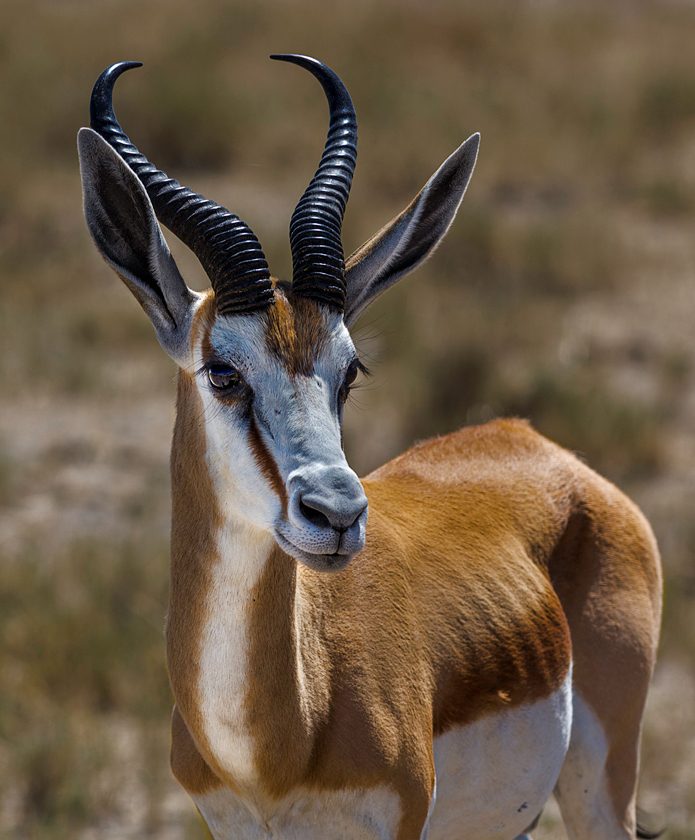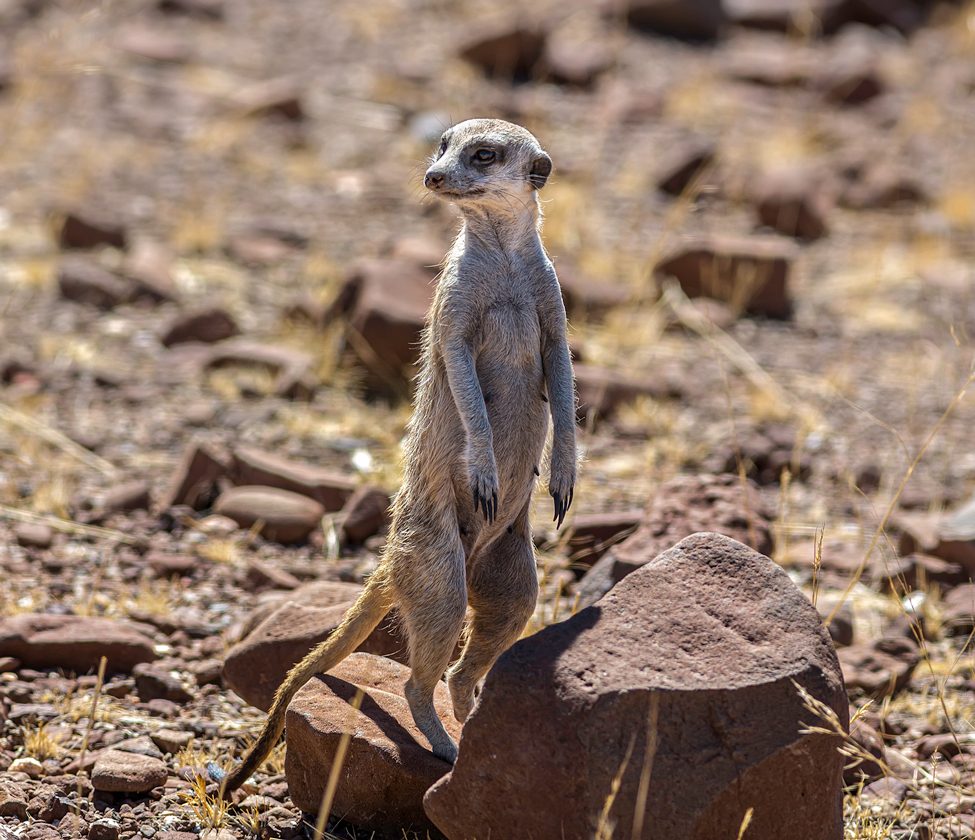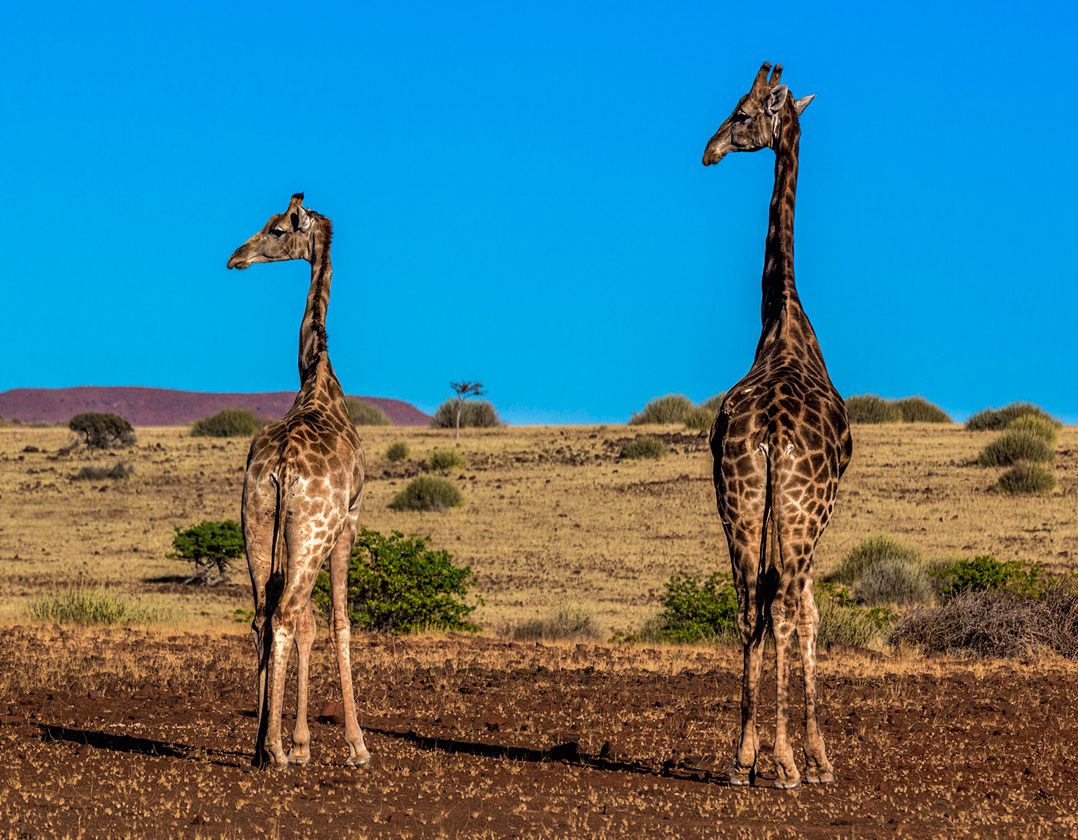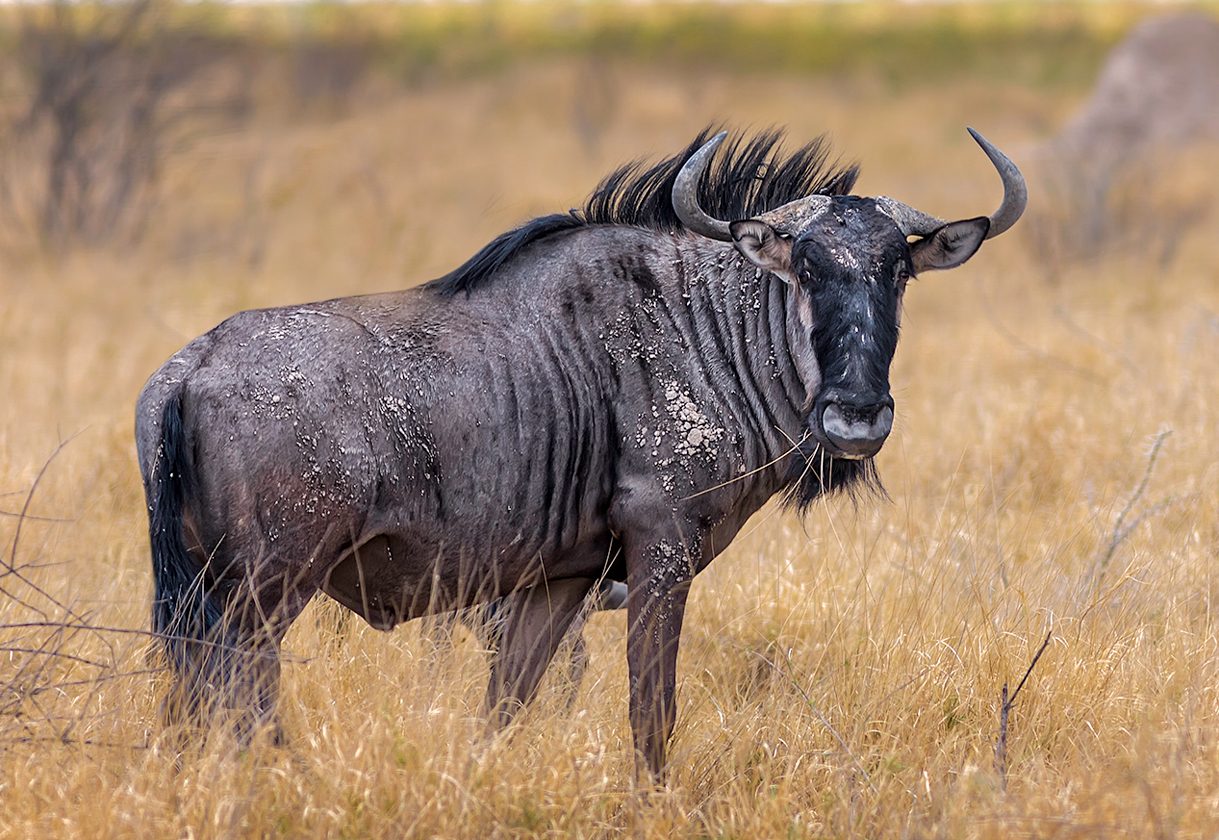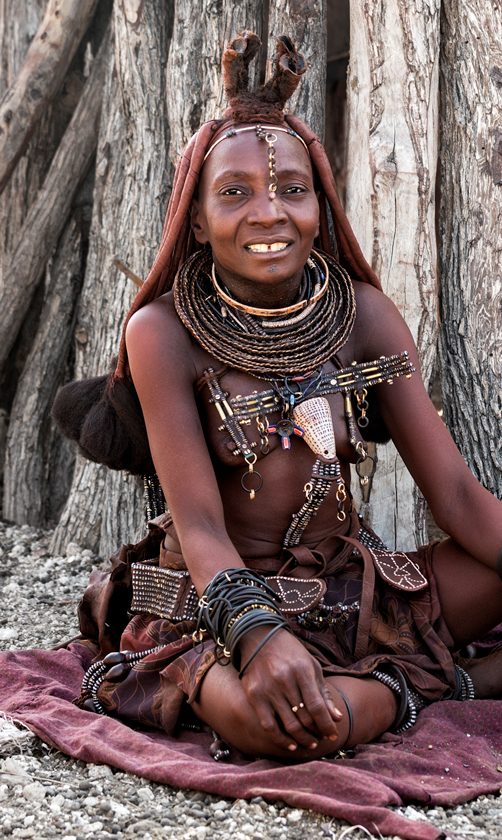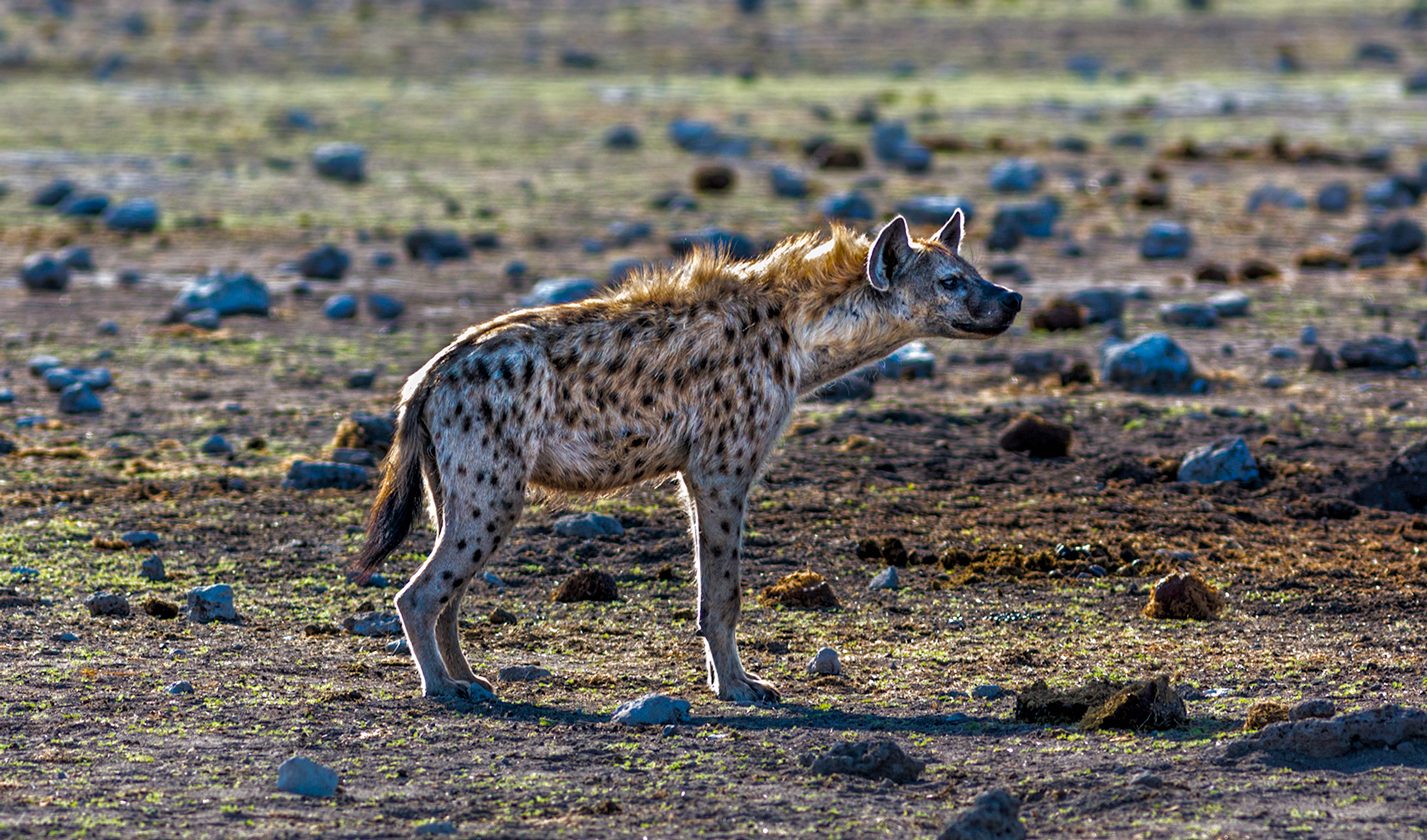The great attractions of Namibia are:
Opuwo, border town
Here all the tribes of northern Namibia meet to trade, walk and flirt: Himba, Dimba, Hakaona, Herero, Afrikaans and German descendants, who control the tourist businesses, mix harmoniously through the dusty streets of this Western village.
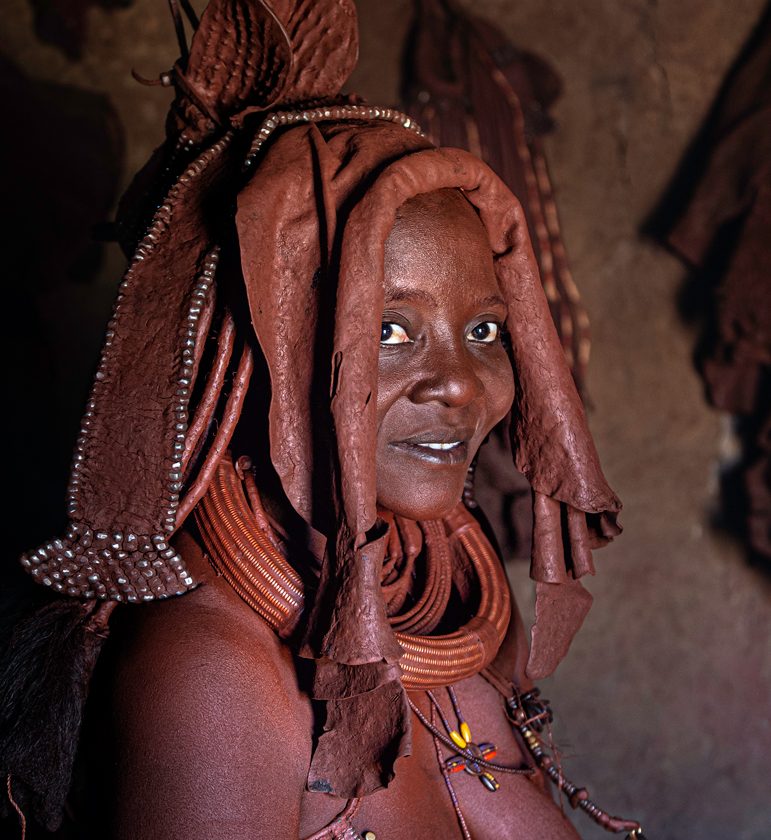
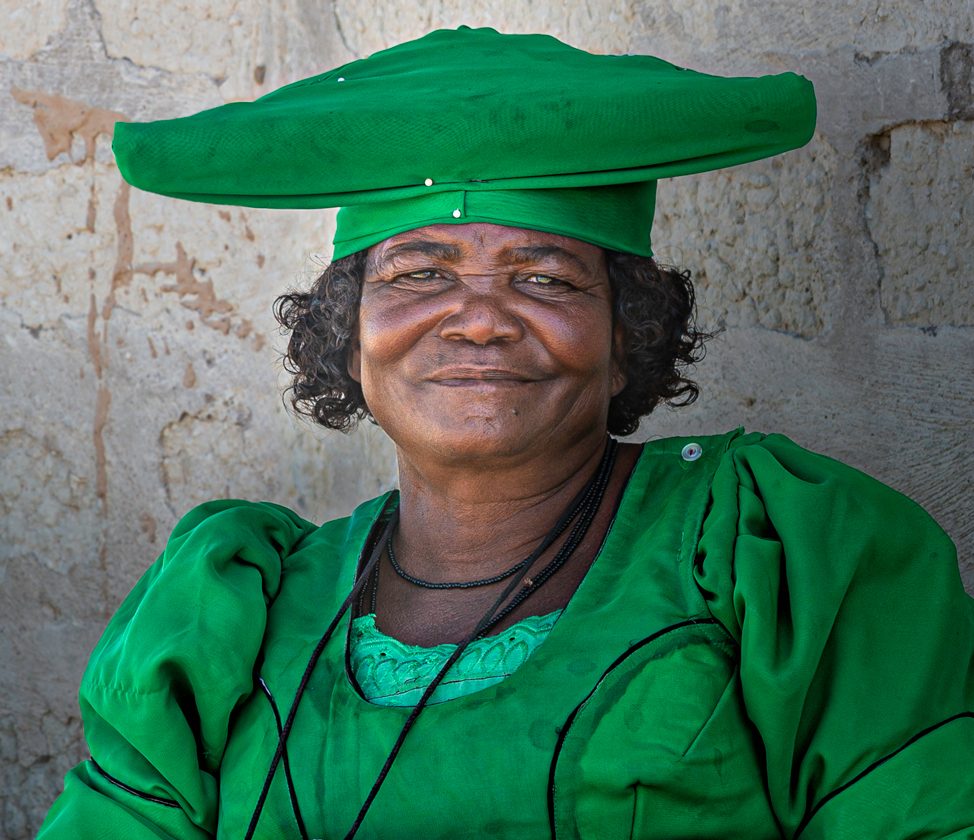

Waterfalls and canyons
Epupa. Waterfalls of great beauty on the tribal border with Angola. An ideal place to disconnect from the world for a few days. Sesriem. A canyon carved out by the erosion of the Tsauchab River on granitic rock. Refuge for many animals in the hottest hours and one of the few places in the Namib where there is water all year round.
Etosha
Etosha is the main national park in Namibia and one of the most visited places in the country. In its 22,000 square km, almost all of it occupied by an old flat-bottomed and saline lake area, 114 species of mammals live, including the largest population of black rhinoceros and cheetahs in Africa. The best time is in the dry season: from May to October.
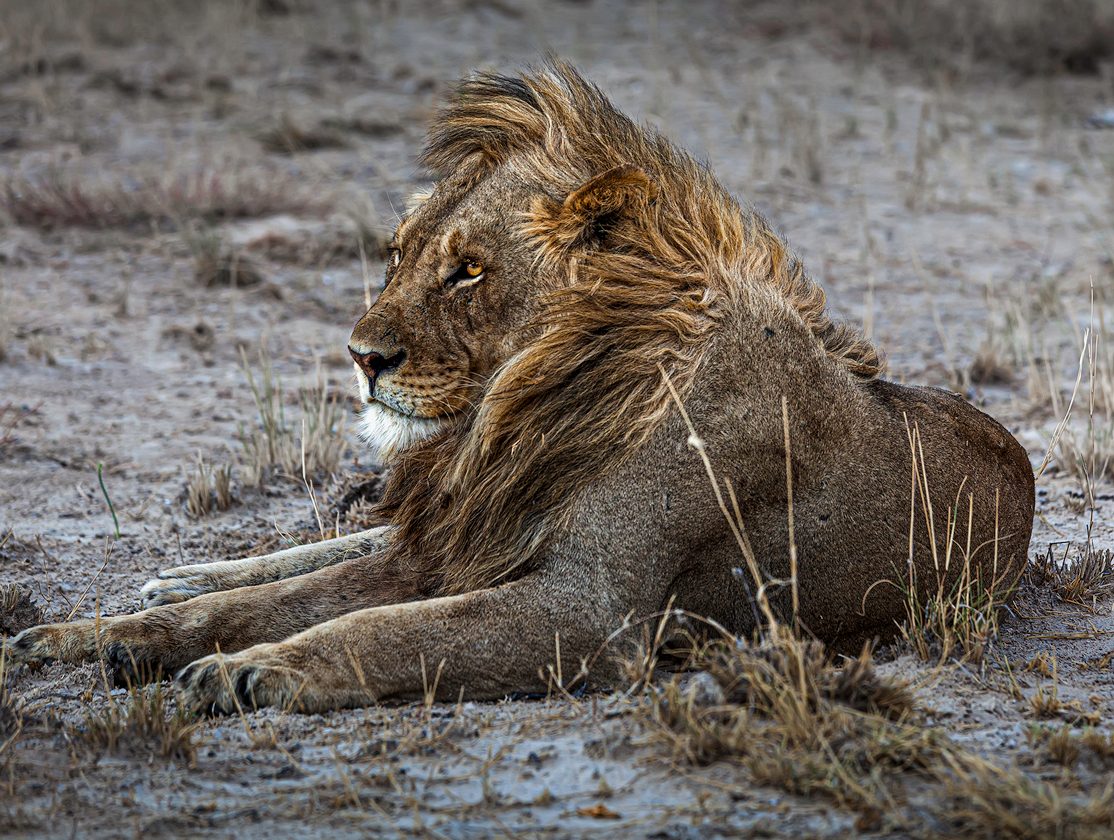


Cape Cross
On this cape located on the central coast, about 120 kilometers north of the Swakopmund colony, the world's largest colony of Cape fur seals nests: during the breeding season (in the month of December) more than 100,000 individuals can gather here. Quite a show.
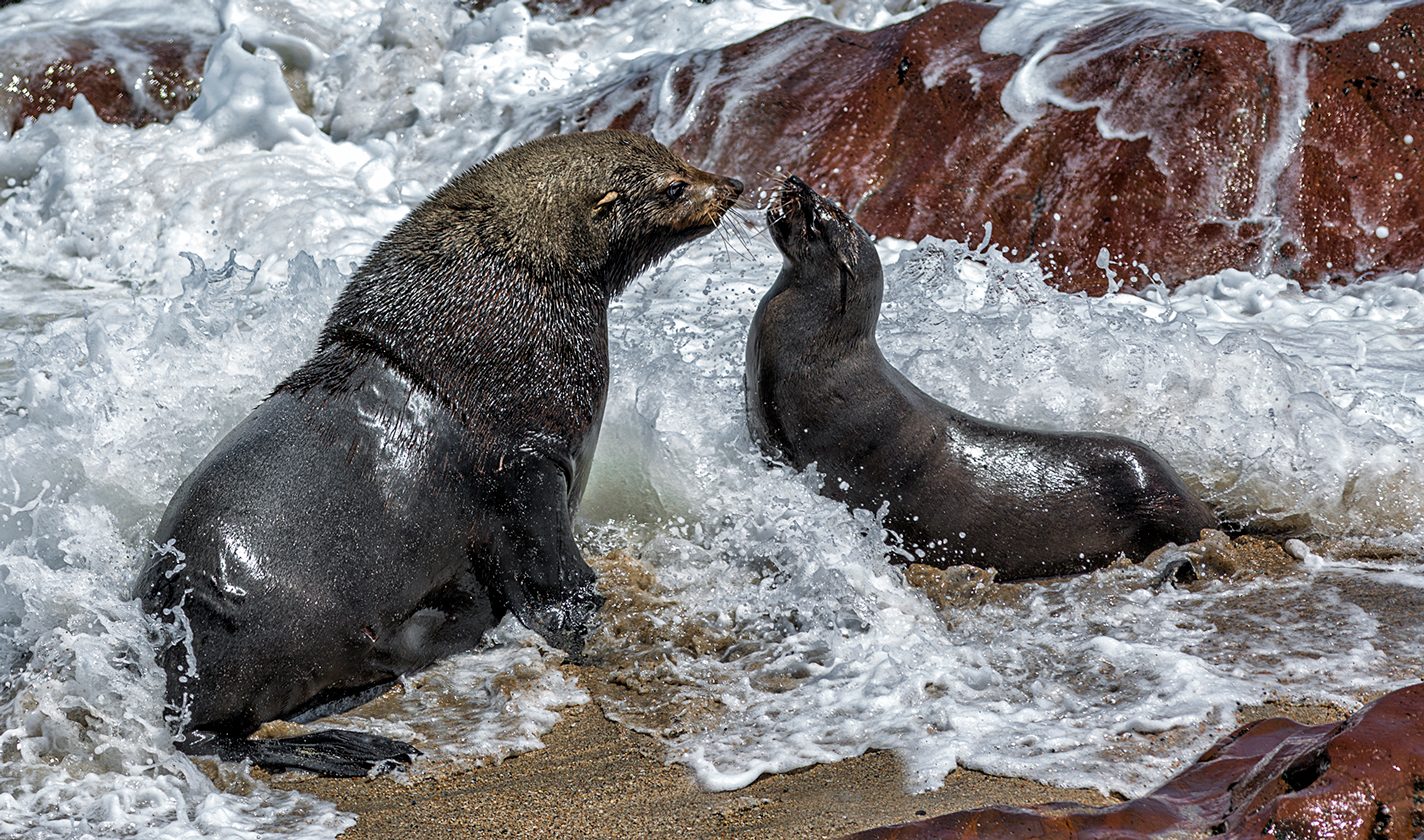
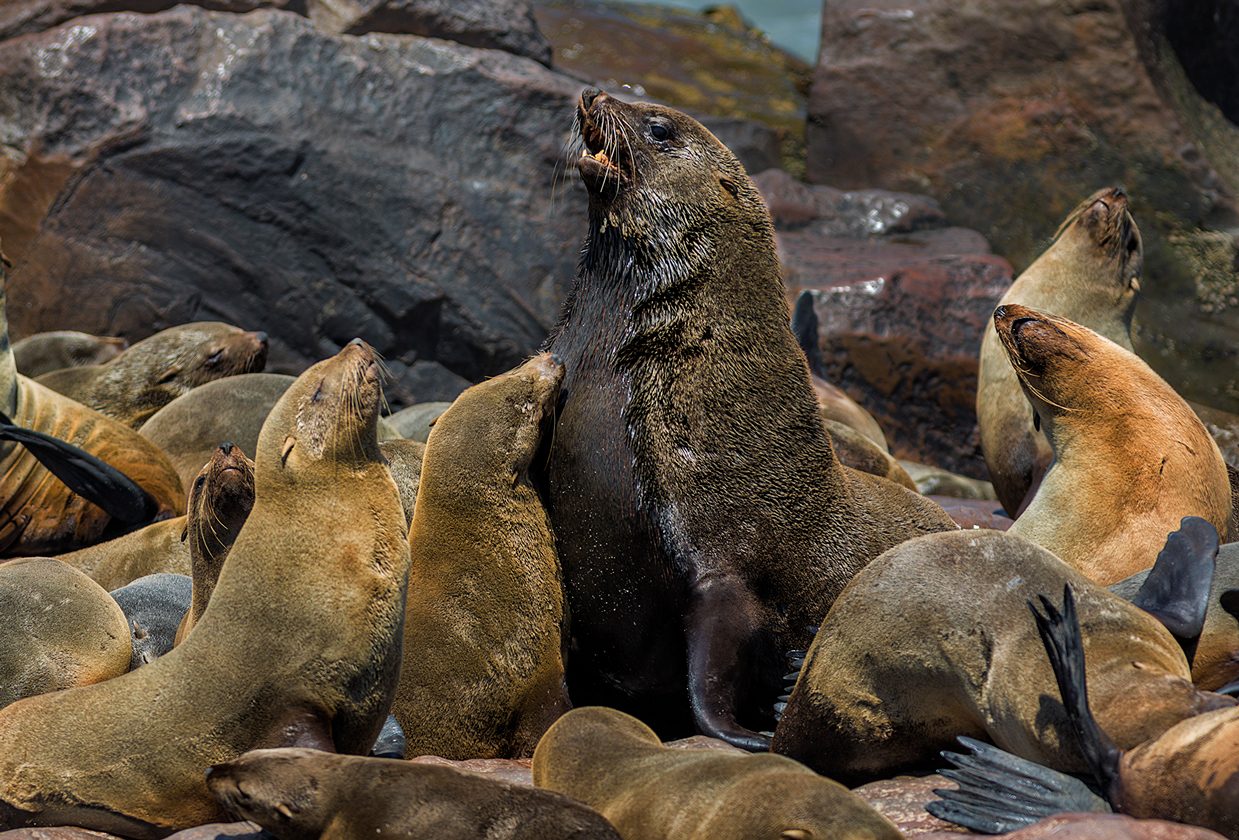

Skeleton coast
Dense mists, constantly changing sandbanks and strong waves. All the elements seem to combine so that the portion of the coast that goes from Swakopmund to the border with Angola is a trap for ships. There are so many remains of stranded ships (and of whales that suffered the same fate) that these 550 kilometers of desert in permanent struggle with the sea were called the Skeleton Coast.
Namib Desert
The desert that gives the country its name is known for its incredible red dunes. But also because it is the oldest in the world: it is estimated that it already existed 65 million years ago. The most visited area of the Namib is the Namib-Naukluft National Park, where the famous 45 and Big Daddy dunes are located, about 300 meters high.
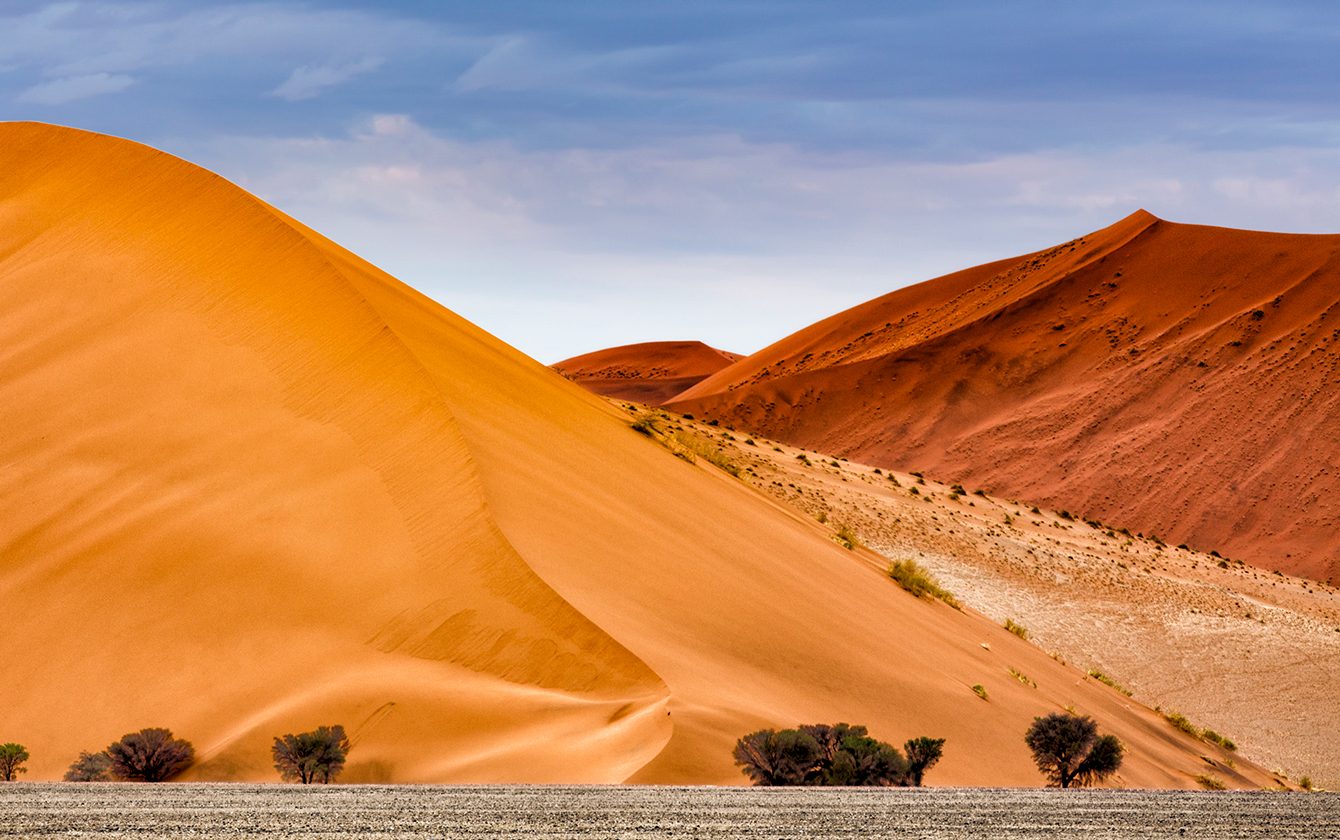


Deadvlei
One of the most photogenic areas of the Namib-Naukluft Park are these old dried up lagoons with a layer of white clay at the bottom - caused by strong evaporation - and surrounded by reddish dunes. Ghosts of trees that seem petrified, but that are actually “mummified” by intense dehydration, grow on them. Some are about 900 years old.
Swakopmund
Namibia was for three decades (from 1884 until the end of the First World War) a German colony. A cultural, linguistic and architectural legacy remains from that occupation. The latter has its maximum representation in this coastal city, which was the main port of the German colony.

